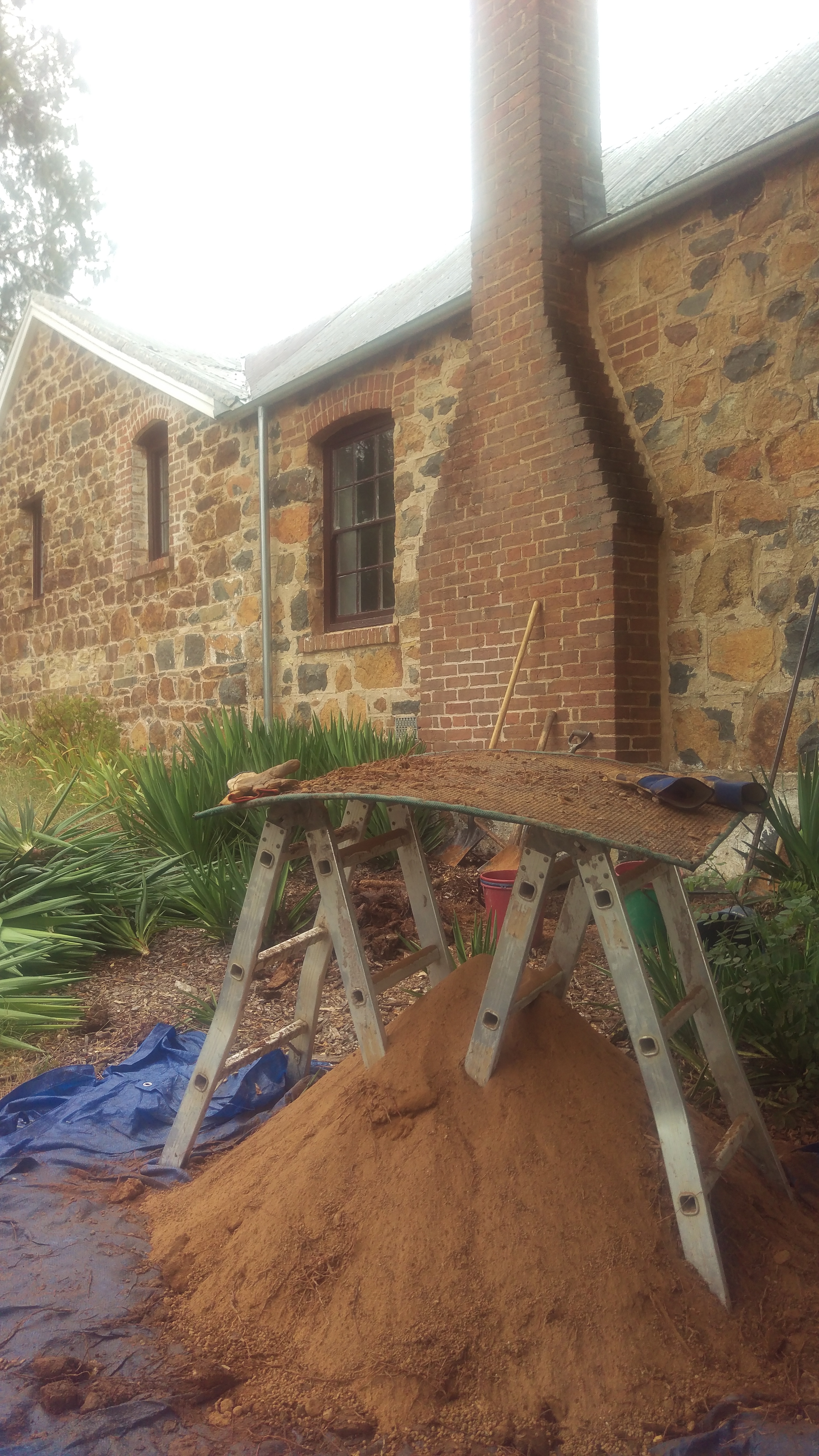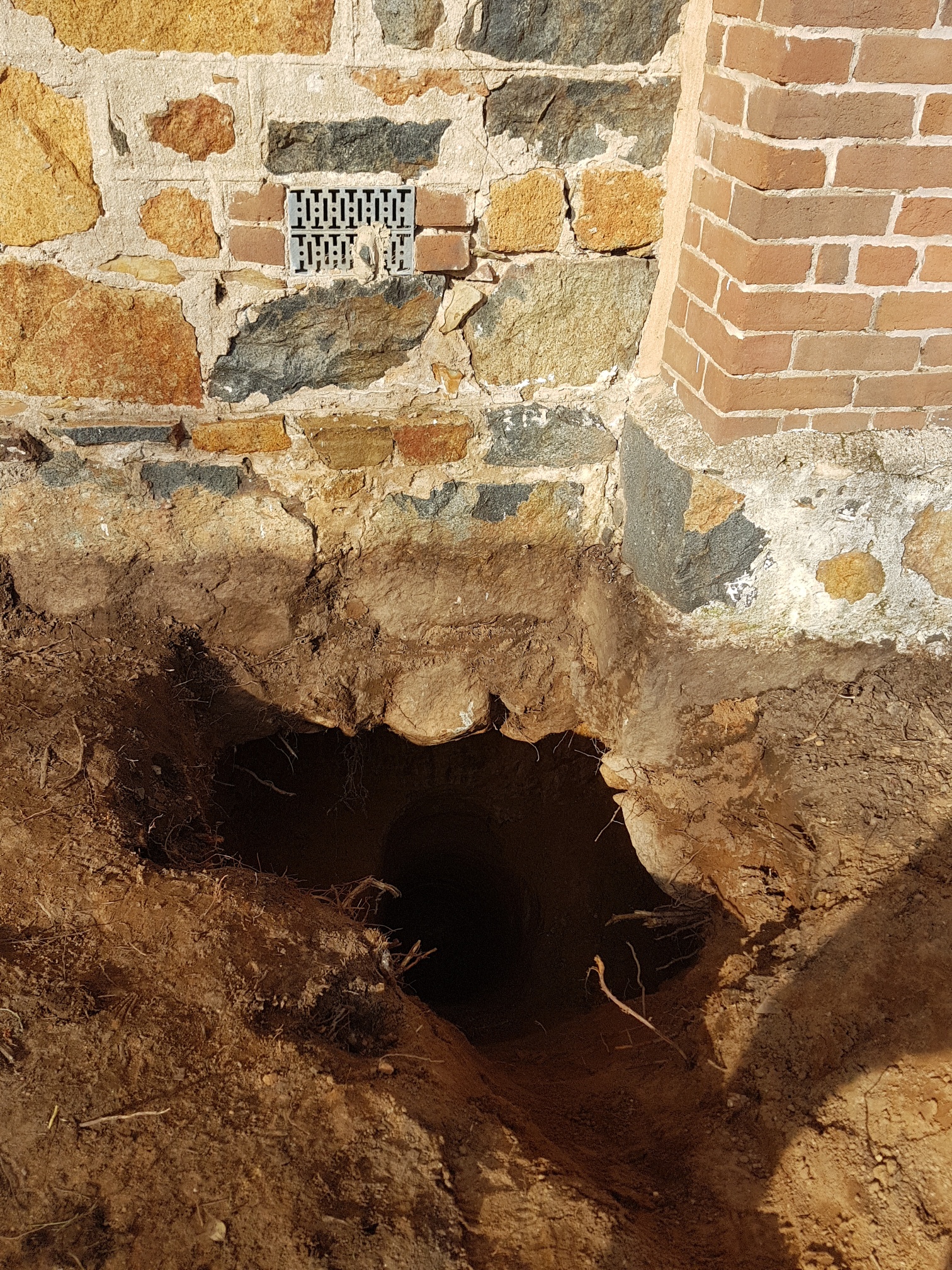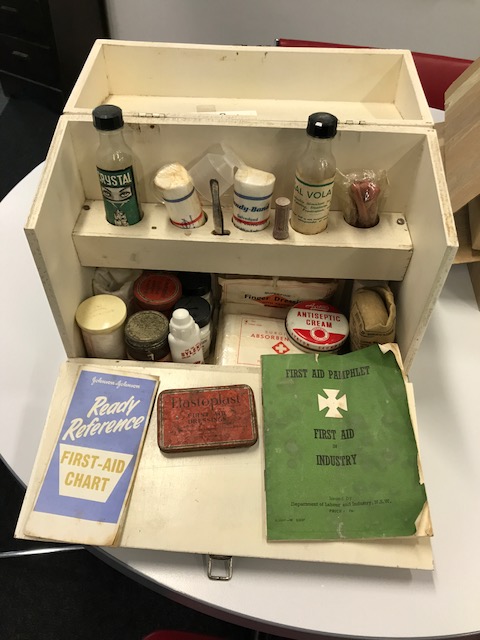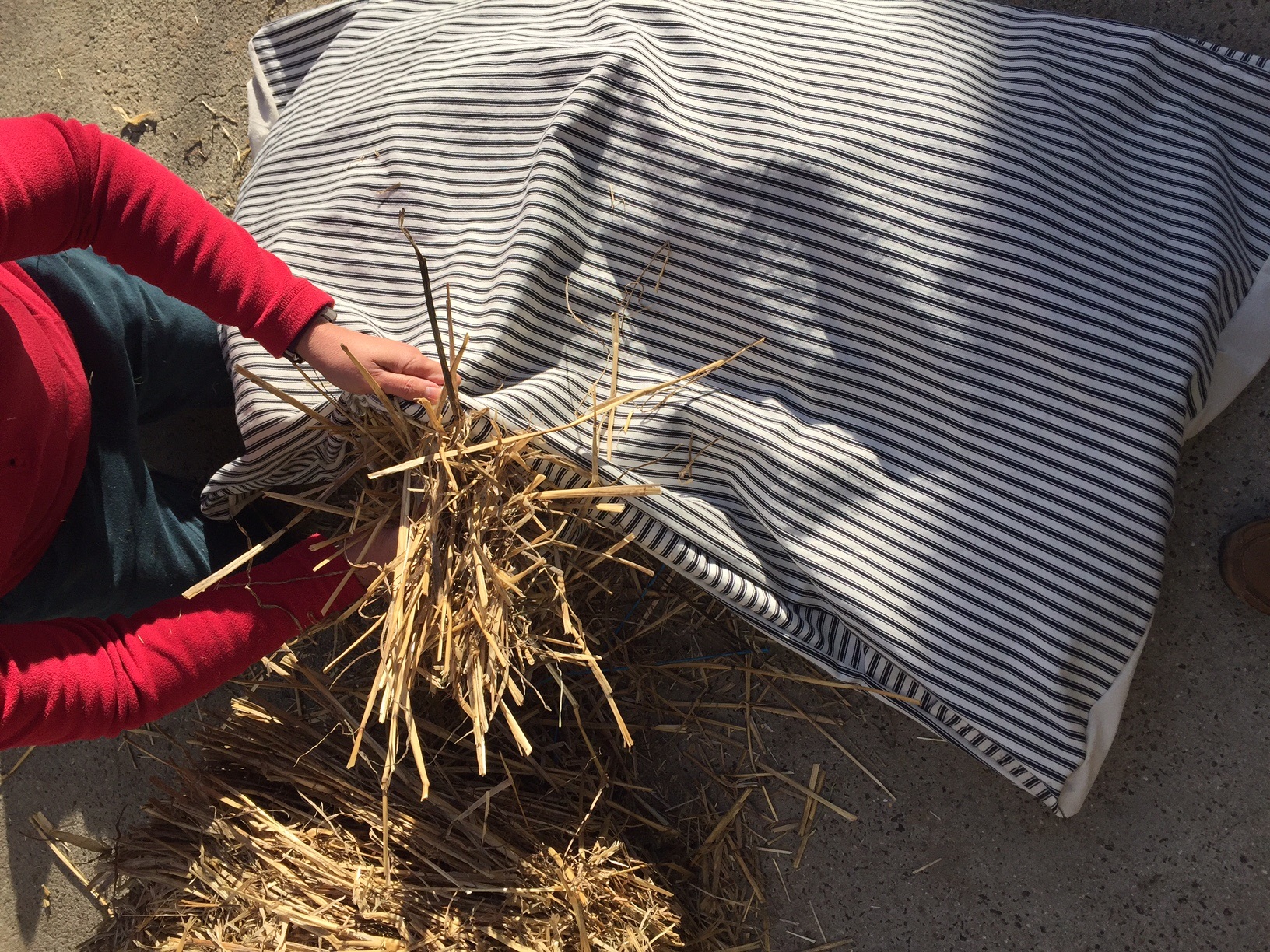Historic Blundells Cottage to reopen

The National Capital Authority (NCA) will reopen Blundells Cottage after completing foundation works and installing new displays at one of Canberra’s oldest buildings.
The NCA had seen cracks forming in a wall of the 1860s cottage and in October 2016 engineers determined that half of the cottage’s foundations needed to be stabilised.
The NCA’s Chief Executive, Malcolm Snow, said Blundells Cottage had started to subside and we needed to strengthen the foundations to rectify the problem.
“We employed specialist contractors to carry out under pinning works and to repair the cracks in the mortar, to ensure the integrity of this valuable heritage building,” Mr Snow said.
“During the closure, the NCA has taken the opportunity to research and source period and replica items to improve the existing displays and create new displays in two previously empty rooms.”
With 150 years of stories to tell, the rooms of the cottage depict the lives of the different families who lived in it:
- The two front rooms depict the moving in day for the Ginn family in 1860;
- The two back rooms depict life in 1960 for the last family to occupy the cottage, the Sainsbury family;
- The two middle rooms now house a display depicting the life of Alice Oldfield in 1945, who was at the time newly widowed and had started taking in boarders.
“The new items that have been sourced to help tell these stories include a slow combustion stove, handmade straw-filled mattresses and an Aladdin pressure lamp, which will help to give visitors a clear sense of how the families carried on their daily lives,” Mr Snow said.
“As this completes stage one of our restoration work, Blundells Cottage will reopen to the public from Saturday 15 July at its usual time of 10am-2pm on Saturdays, while further work is undertaken in the two-room slab shed and in the surrounding gardens.”
FOUNDATION STABILISATION WORK
The stabilisation work was undertaken in a number of steps:
- The area surrounding the building foundations which the engineers planned to excavate was assessed for heritage value. This involved archaeologists digging small pits, taking samples and assessing these for any material that may be of historical significance. No items of value were discovered during this work.
- To ensure the building did not collapse, excavation was undertaken in two stages, removing only 25 per cent of the earth from underneath the building at any one time.
- The engineers first excavated around the perimeter of the building to remove 25 per cent of the soil from under the building foundations. Underneath the house they then drilled holes 2.8 metres down to the bedrock to create sturdy concrete and steel pier footings. These were then joined together with concrete beams, which sit underneath the perimeter walls of the house.
- This process was repeated underneath a further 25 per cent of the building. A total of 50 per cent of the building’s foundations were removed and replaced during the work.
- Specialised stone work was undertaken on the external wall to repoint mortar joints and repair a failing stone window arch. The mortar has been mixed to age and blend into the existing look and feel of the stonework over time.
BACKGROUND
One of Canberra’s heritage treasures, Blundells Cottage dates from the 1860s.
Once the family home of tenant workers on the Duntroon Estate, it included enough land to run farm animals and grow crops. Today the NCA curates Blundells Cottage as an important house museum, interpreting the lives and experiences of the families who lived there before, and after Canberra was chosen as the site for the National Capital.
The NCA is responsible for preserving the heritage value of Blundells Cottage and monitors the 150 year old building in accordance with the Blundells Cottage Heritage Management Plan (May 2014) and Environmental Protection and Biodiversity Act (1999).
Adjacent to the cottage stands a two-room slab shed which was constructed in the late 1880s and is thought to have been used as a kitchen and bedroom by the Blundell family. Restoration of the slab shed is underway and the building will provide an additional exhibition space to create a scene of what living there would have looked like in 1890, when there were two adults and eight children in residence.




